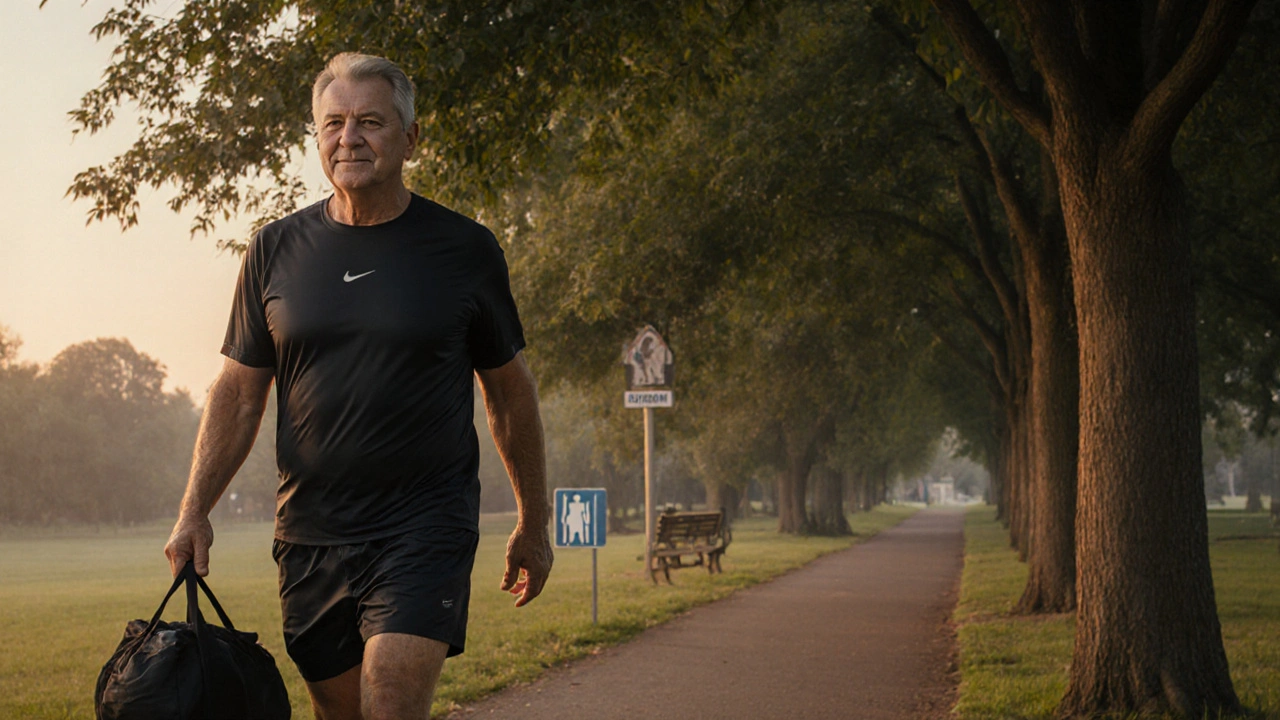Overactive Bladder: Causes, Treatments, and What Works Best
When your bladder sends signals you didn’t ask for—sudden urges, leaks, or the constant need to go—you’re dealing with overactive bladder, a condition where the bladder muscles contract involuntarily, even when it’s not full. Also known as OAB, it’s not a disease but a group of symptoms that affect millions, especially as people age or after childbirth, surgery, or nerve damage. It’s not just inconvenient; it can wreck sleep, limit travel, and make you avoid social events out of fear of accidents.
What causes it? Sometimes it’s nerve misfires—like when your bladder thinks it’s full when it’s not. Other times, it’s tied to urinary urgency, the sudden, intense need to urinate that’s hard to delay, or weakened pelvic floor muscles, the group of muscles that support the bladder and control urine flow. Caffeine, alcohol, constipation, and even certain meds like diuretics can make it worse. And yes, it’s more common in women, but men with prostate issues get it too.
You don’t have to live with it. OAB medications, like anticholinergics and beta-3 agonists, calm overactive bladder muscles and reduce leaks—but they come with dry mouth, constipation, or blurry vision. Some people find relief with pelvic floor therapy, a set of exercises that strengthen the muscles holding urine in, or bladder training, where you slowly stretch the time between bathroom visits. Lifestyle tweaks—cutting back on soda, timing fluids, and managing weight—can cut symptoms by half.
What you’ll find below are real comparisons and practical guides on what works: which drugs help most, what side effects to expect, how pelvic exercises actually improve control, and when to consider other options if meds fail. No fluff. Just clear, tested info from people who’ve been there.

Solifenacin and Exercise: Safe Tips to Stay Active on This Medication
Learn how to stay active and confident while taking solifenacin for overactive bladder. Safe exercises, timing tips, hydration advice, and what to avoid to improve bladder control without quitting movement.
